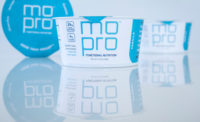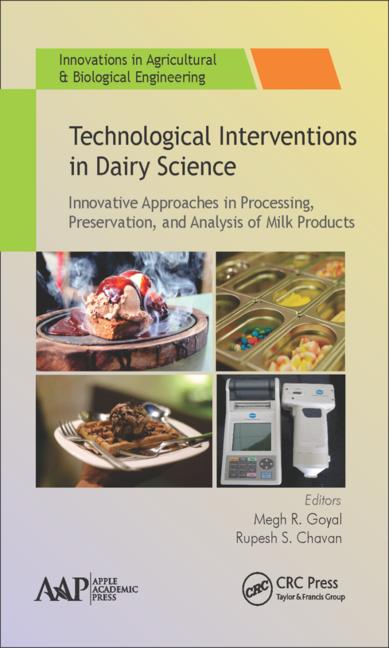Awards
2014 Exporter of the Year Dairy Farmers of America invests in dairy exports
DFA’s $85 million whole milk powder facility in Nevada meets the requirements of dairy customers in China and other countries. That’s one reason the dairy cooperative has been named the Tom Camerlo Exporter of the Year.

Dairy Farmers of America is filling a global ‘demand gap’ for U.S. dairy exports
As groups of five and six prepared to tour the Fallon plant, they entered a locker room to slip rubber booties over their shoes and white ankle-to-neck gowns over their clothes. The strict emphasis on sterility is just one way the plant emphasizes product safety.
In 2009, the same year Camerlo passed away at age 75, the Innovation Center for U.S. Dairy issued a groundbreaking report by Bain & Co. forecasting a global “demand gap” that the U.S. dairy industry could help fill if it moved more assertively on exports. The report confirmed with data what the DFA board had already been urging. DFA made globalization a focus in its 2009 strategic plan.
“We were already moving stuff here and there but exports really weren’t a focus,” said Glenn Wallace, the chief operating officer of the ingredients division of DFA’s global dairy products group. “We started to ask ourselves, ‘What do we need to do to be more successful at this?’”
Waldvogel spent more than a decade overseas with Campina in Europe and Fonterra in New Zealand. He used to wonder at times how committed to exports DFA really was until he saw a survey showing more than 90% of DFA’s producers rated exports important or very important. Among the perceived benefits: increased global demand for U.S. dairy had the potential to positively impact U.S. milk prices for all DFA members.
“That was a turning point in my mind,” Waldvogel said. “You knew the field was clear. Our members understood the importance of global markets. It wasn’t a situation in which we had to convince them.”
As he made numerous trips overseas, Waldvogel’s main pitch to global customers was they were over-reliant on their existing suppliers. Buying from the U.S. would diversify their supply and reduce their risk. It was a tough sell.
“If you went to a Chinese customer and said, ‘Listen, we can be a competitive supplier and you can grow with us long term,’ they would say to me, ‘Now, you listen. You don’t make whole milk powder. You don’t have the highest-quality products. You don’t meet our specifications and you aren’t committed. You might be here today but gone tomorrow. And, oh yeah, your prices are too high. This is an interesting idea you have, but you’re crazy.’ ”
That was then. Waldvogel said when construction plans became known to global customers “we could have sold out our Fallon plant multiple times.”
But to manage its risk, DFA is starting relatively small. “If we want to go bigger, we will,” Waldvogel said. “We’re not betting the farm on this, so to speak.”
If the WMP market becomes weak, the Fallon plant has the flexibility to make other products, such as nonfat dry milk and skim milk powder for both global and domestic customers.
How to slake China’s thirst for UHT milk
Demand scenarios conducted by USDEC suggest China’s appetite for imported UHT milk could more than quadruple from 150,000 tons in 2013 to at least 600,000 tons by 2020. That presents another export opportunity for DFA. But competition is keen. No less than seven major new plant projects are in the works by other dairy businesses — in Australia, New Zealand, Ireland and Germany — focused on manufacturing UHT milk for export. Still, their combined output is insufficient to meet demand projections in China.
Waldvogel recalled a 2013 visit to the Shanghai office of Yihaodian, the Chinese online grocery business partially owned by Walmart, the Arkansas-based multinational retailer. He said it felt as if he were in the middle of a giant video arcade, with more than 20 high-definition screens displaying nearly up-to-the-minute data tracking the company’s sales, deliveries and other metrics. None of Yihaodian’s executives called Waldvogel crazy that day.
“They really, really wanted branded U.S. milk because their consumers viewed it as being high-quality. Their response was, ‘Can you send it to us tomorrow?’”
Most consumers in the central, urban areas of China have no cars to make trips to the grocery store. If they have a refrigerator, it’s probably small, like those found in dorm rooms in American colleges. What they do have is increasing amounts of expendable income and computers.
“They place their order in the morning and our product shows up a couple of hours later,” Waldvogel said. It is sold at a price roughly double what consumers could pay for Chinese UHT milk. The 2008 melamine milk crisis has not been forgotten.
Not everyone in China buys UHT milk online, however. DFA’s California Gold brand UHT milk is also distributed at Walmart and Sam’s Club stores. According to USDEC, the United States has about 3% of the UHT milk market in China. USDEC sees an opportunity for continued growth for all U.S. suppliers.
“We still have hundreds of millions of people a year moving into the middle class,” Waldvogel said. “Up until now they were survivors and now they are consumers. If you are a parent, what you think about when you have some money is nutrition, and usually for your kids. That’s why the first thing a mom wants to buy in China is a glass of milk for her kid. The place in the world best positioned to supply her that glass of milk is the United States if we commit to making the investments.”
Looking for a reprint of this article?
From high-res PDFs to custom plaques, order your copy today!







